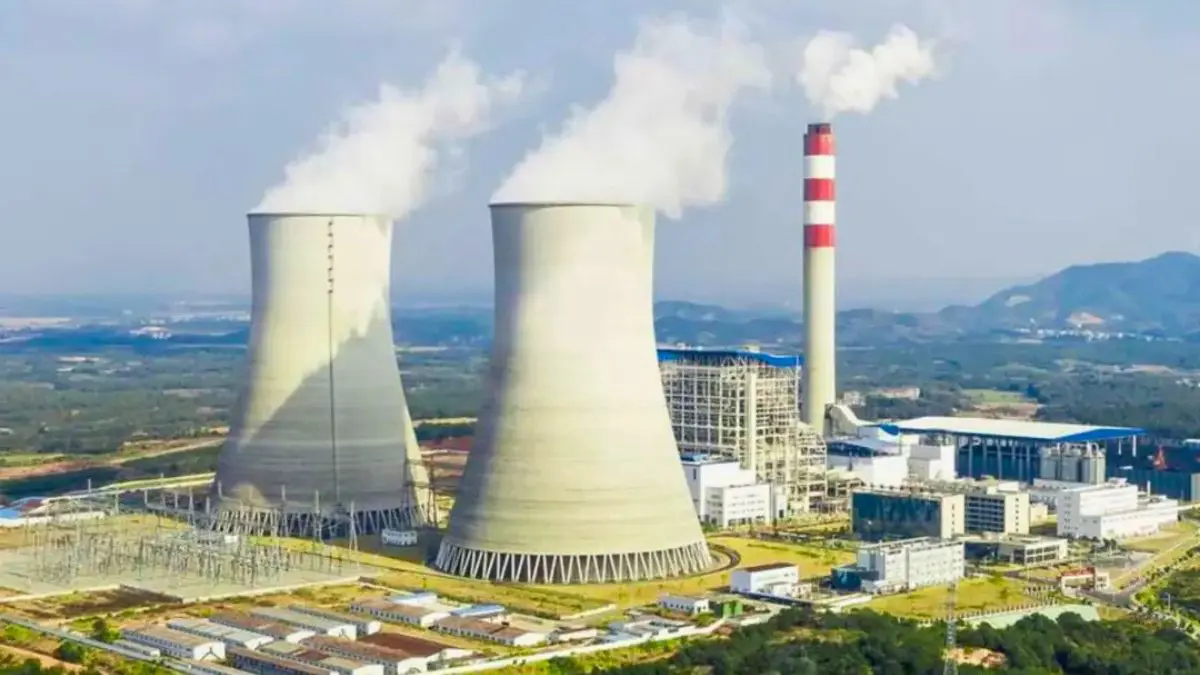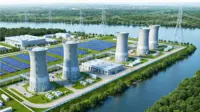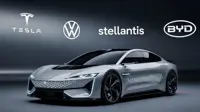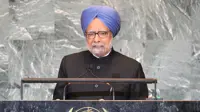India investing Rs20,000 cr for building small modular nuclear power reactors
05 Feb 2025

India will invest Rs20,000 crore for design and development of at least five Small Modular Reactors (SMRs) that will be operational by 2033, union minister for science and technology Dr Jitendra Singh said on Wednesday.
He said the Union Budget 2025-26 has allocated Rs20,000 crore for R&D in Small Modular Reactors, which is in line with the target of achieving 100 GW nuclear power capacity by 2047. This will be a major milestone in India’s efforts to reduce carbon emissions and ensure energy sustainability, he added.
The minister’s statement come amidst reports that the Department of Atomic Energy in partnership with Tata Consulting Engineers is planning to build 40-50 small modular reactors (SMRs) for deployment across the country.
Unlike large nuclear plants, SMRs have a modular design, which makes them quicker and cheaper to build and deploy. Their parts can be manufactured in a factory, which makes them critical in building a carbon neutral power network.
India has a current nuclear power capacity of 8,180 MW and, with ten reactors under construction across Gujarat, Rajasthan, Tamil Nadu, Haryana, Karnataka, and Madhya Pradesh, this is expected to expand to 22,480 MW by 2031-32, Jitendra Singh said, adding that plans are afoot to build an additional ten reactors across the country, including a 6x1,208 MW nuclear power plant in collaboration with the US at Kovvada, in Andhra Pradesh.
The minister hailed the landmark move to open India's nuclear energy sector for private sector participation. This "revolutionary," step will take the sector out of decades of secrecy and bring openness and collaboration, helping the country to accelerate growth and innovation in nuclear energy, Singh pointed out.
He said the `Nuclear Mission’ announced in the budget will mark a transformative shift in India's energy landscape, enabling nuclear power to emerge as a major source of energy and ensuring energy security in India.
India, he pointed out, achieved a major milestone on 19 September 2024, when the Rajasthan Atomic Power Project’s Unit-7 (RAPP-7) reached criticality, marking the beginning of a controlled fission chain reaction.
India is committed to achieving 500 GW of clean energy generation by 2030, which is in line with its COP26 pledge, and PM Modi’s vision for net-zero emissions by 2070, he added.







.webp)














